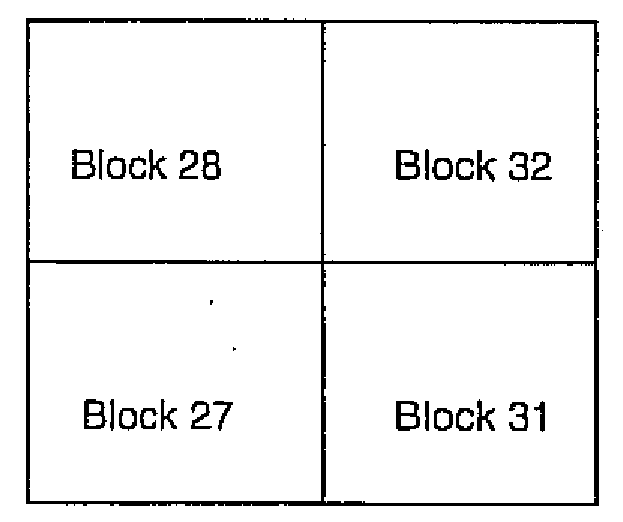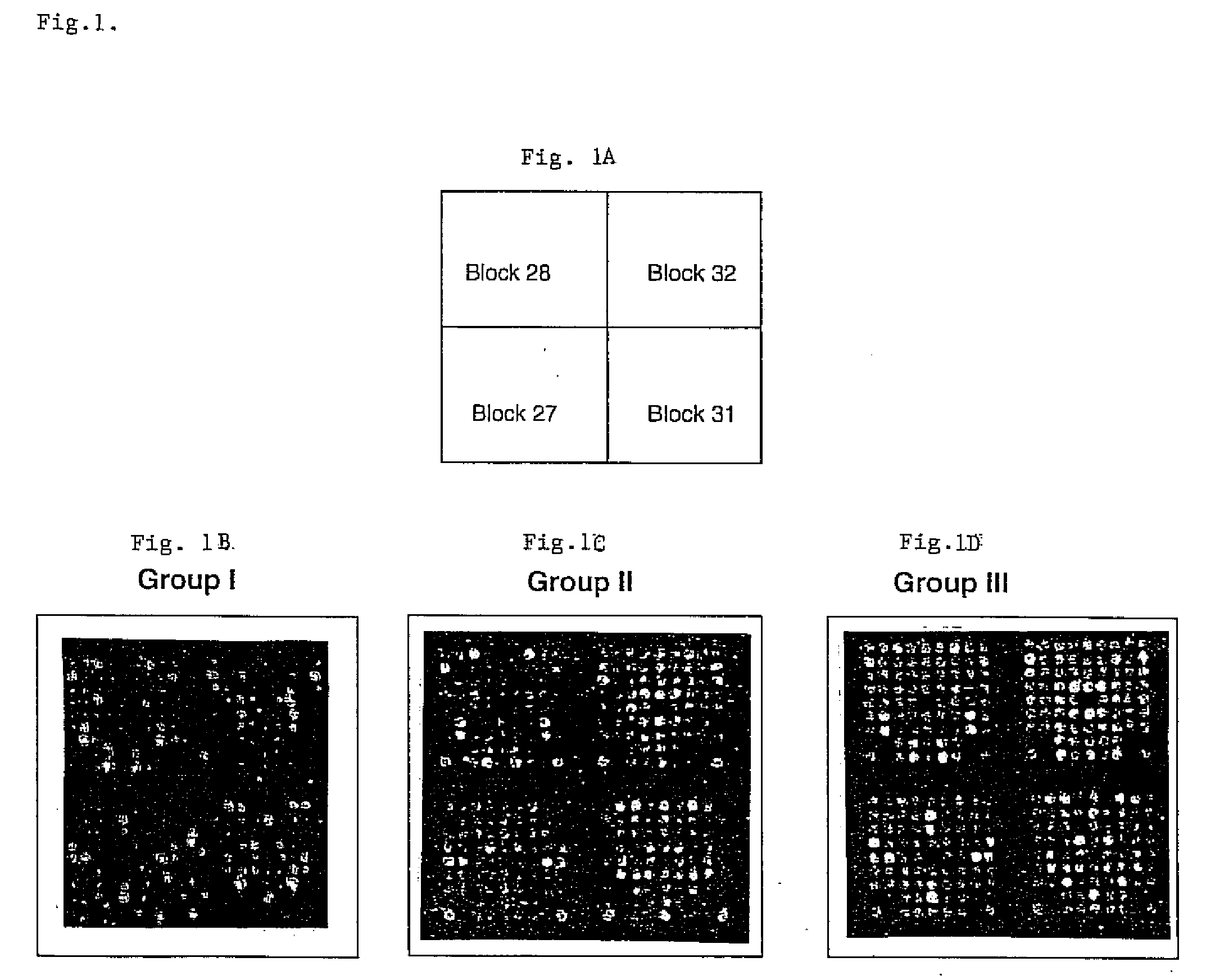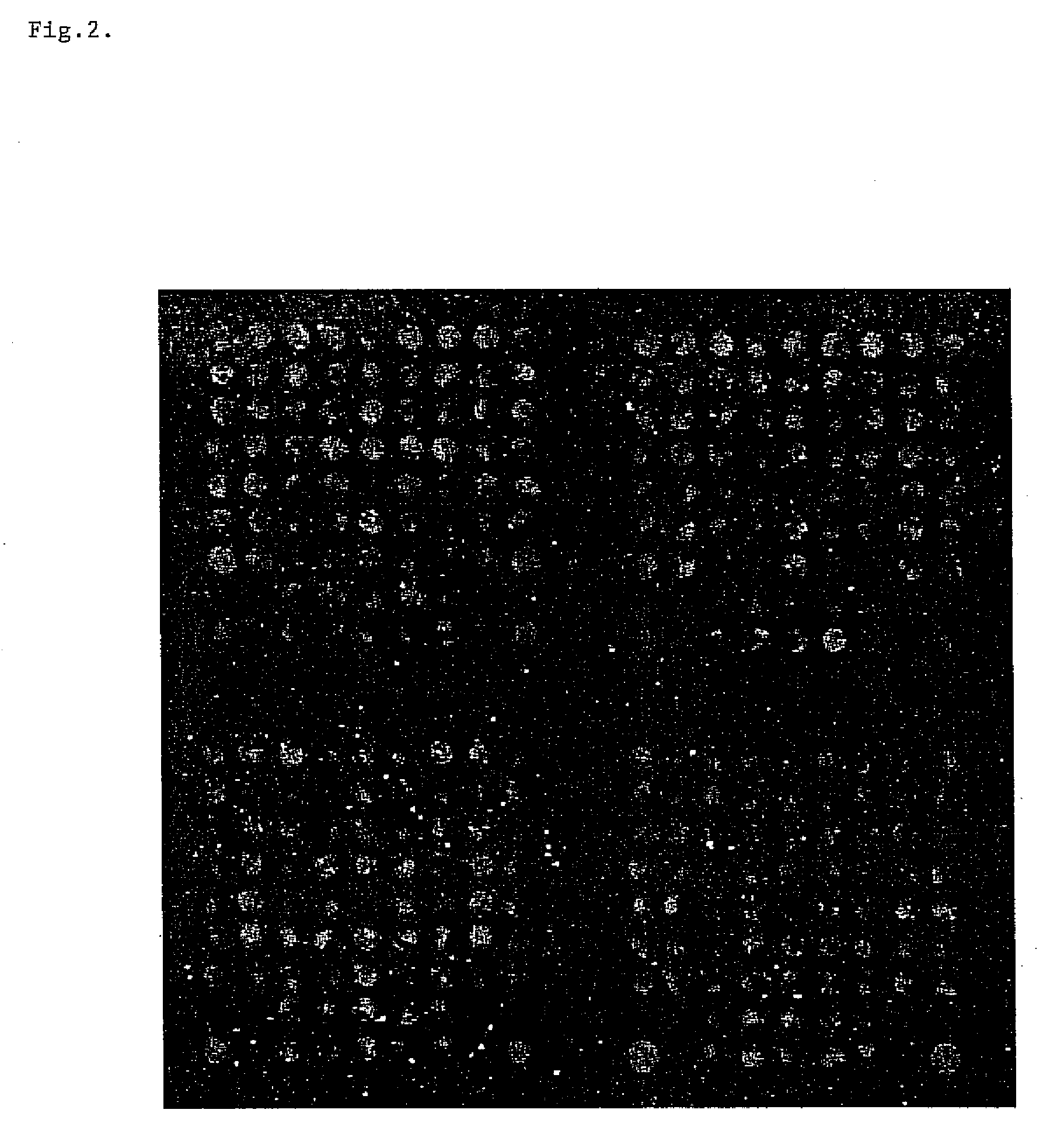Detection and identification of toxicants by measurement of gene expression profile
a gene expression and detection method technology, applied in the field of detection and identification of toxicants by measurement of gene expression profiles, can solve the problems of fetax not applying or enabling any molecular or biochemical analysis, study was limited to investigating the events of normal embryonic development, and specialized robotics and imaging equipment that are generally not commercially availabl
- Summary
- Abstract
- Description
- Claims
- Application Information
AI Technical Summary
Benefits of technology
Problems solved by technology
Method used
Image
Examples
example 1
Identification of Genes that are Highly Up- or Down Regulated by PMA-Treatment of Cleavage Stage Embryos
[0057]Genes that are highly up-regulated (Table 1, Panel A) or down-regulated (Table 3) after PMA treatment of Xenopus cleavage stage embryos harvested at stage 8 were identified. Duplicate ratios of the median for two data points and mean values were obtained. The mean values were multiplied by the NF obtained by the two different methods disclosed above. The final fluorescence ratios (differential expression) were an average of the ratios of the two independent hybridizations. The mean of the two values was obtained and multiplied by the NF. The up- or down-regulated genes were identified on images and their colors were visually confirmed. The levels of expression of each gene varied, i.e. PBX0135A08 was low. However, the data points showed “Flags” as “0” indicating that the data can be used for data mining. When the data point is not correct, i.e., an empty spot, the data sheet...
example 2
[0061]Identification of genes that are similarly or differentially regulated by PMA-treatment in cleavage and neurulation stage embryos.
[0062]Comparing the data generated by microarray analysis of gene expression using untreated and PMA-treated cleavage or neurulation stage embryos allows for identification of Xenopus genes that are similarly or differentially regulated by PMA during distinct periods of embryogenesis. Genes corresponding to ESTs PBX0134G08, PBX0144C12, PBX0136C09, PBX0134H03, PBX0136F03, PBX0143E06 and PBX0137G06 were highly up-regulated, and PBX0144A09 was highly down-regulated, by PMA-treatment of cleavage and neurulation stage embryos. Genes corresponding to ESTs PBX0134C10, PBX0139B06, PBX0144E04, PBX0137A11, PBX0134G10, PBX0141G10, PBX0134E09, PBX0138A04, PBX134E04, PBX0145A06, PBX0138D01, PBX0135C06, PBX0142E09, PBX0139A08, PBX0134G11, PBX0145H10, PBX0140D01 and PBX0135A08 were highly up-regulated by PMA-treatment of the cleavage stage embryo but not the neuru...
PUM
| Property | Measurement | Unit |
|---|---|---|
| sizes | aaaaa | aaaaa |
| diameter | aaaaa | aaaaa |
| temperature | aaaaa | aaaaa |
Abstract
Description
Claims
Application Information
 Login to View More
Login to View More - R&D
- Intellectual Property
- Life Sciences
- Materials
- Tech Scout
- Unparalleled Data Quality
- Higher Quality Content
- 60% Fewer Hallucinations
Browse by: Latest US Patents, China's latest patents, Technical Efficacy Thesaurus, Application Domain, Technology Topic, Popular Technical Reports.
© 2025 PatSnap. All rights reserved.Legal|Privacy policy|Modern Slavery Act Transparency Statement|Sitemap|About US| Contact US: help@patsnap.com



